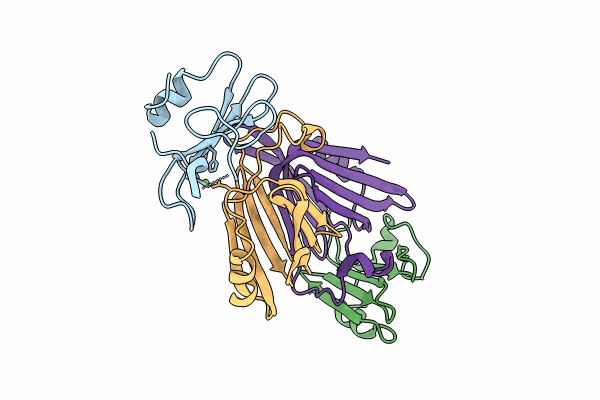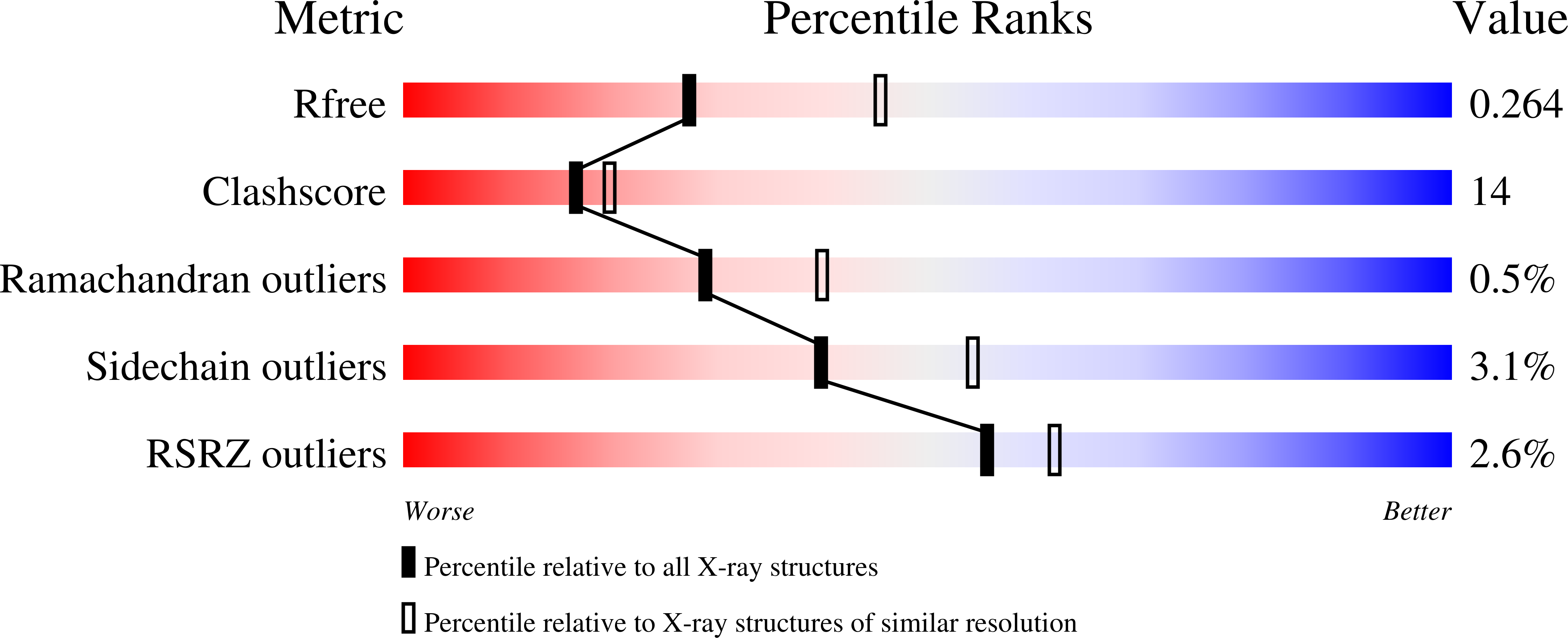
Deposition Date
2023-04-28
Release Date
2024-06-19
Last Version Date
2024-11-13
Entry Detail
PDB ID:
8OWU
Keywords:
Title:
The crystal structure of the polymorphic toxin PT7(Bc) D37A mutant and its cognate immunity PIM7(Bc) complex
Biological Source:
Source Organism:
Bacillus cereus BAG3X2-1 (Taxon ID: 1053183)
Host Organism:
Method Details:
Experimental Method:
Resolution:
2.54 Å
R-Value Free:
0.26
R-Value Work:
0.21
R-Value Observed:
0.21
Space Group:
P 1


